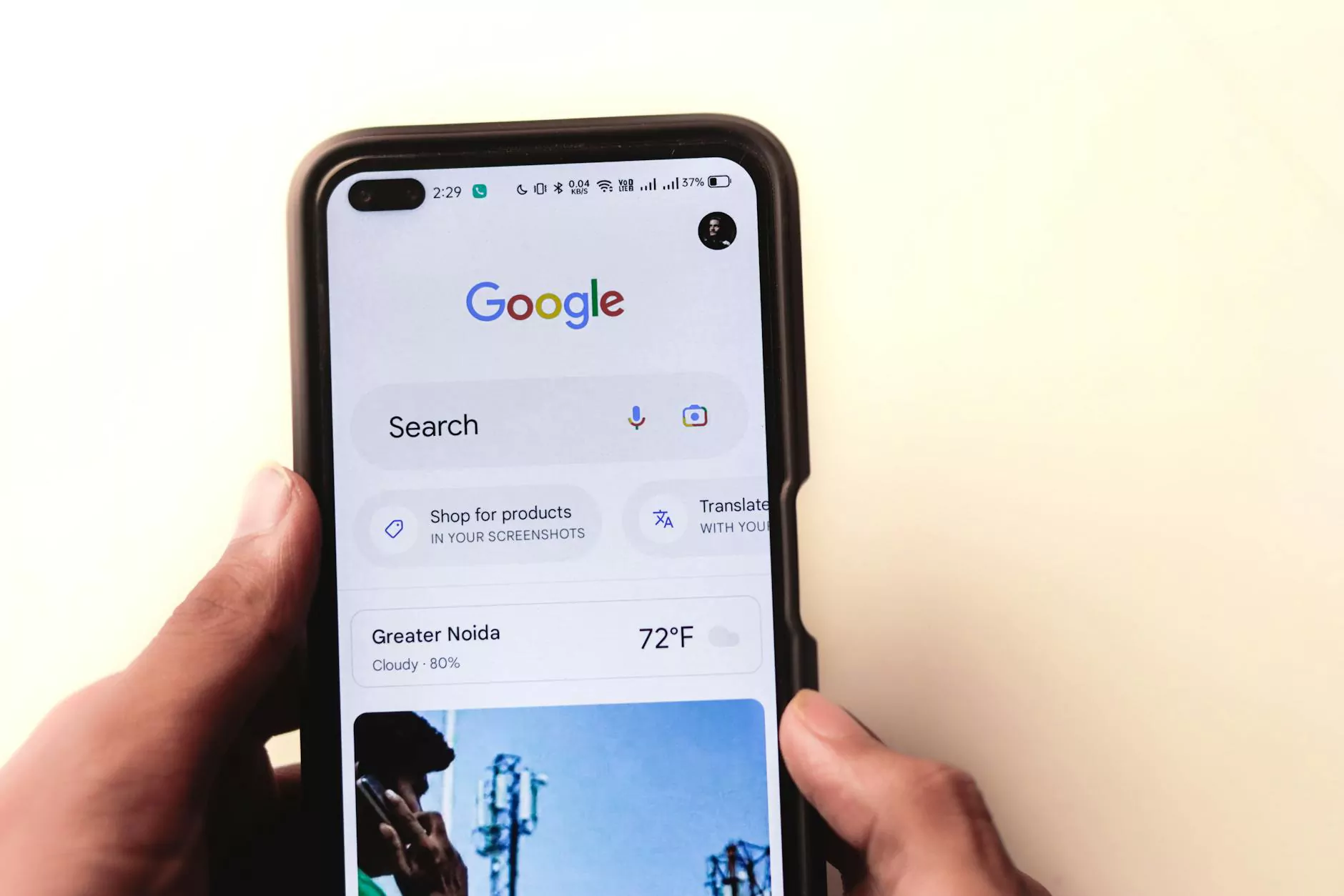The Pros and Cons of Different Types of Website Ads
Website Development
When it comes to online advertising, webpage ads play a significant role in promoting products and services. Design by Enlightenment explores the various types of website ads along with their respective pros and cons to help you choose the most effective strategy for your business.
Banner Ads
Banner ads are one of the most common types of website ads. They are displayed prominently on webpages and can effectively grab the attention of visitors. The pros of banner ads include:
- Visibility: Banner ads are highly visible, making them suitable for brand awareness campaigns.
- Click-through rate: Well-designed banner ads can generate high click-through rates.
- Targeting options: Banner ads can be targeted based on demographics and user behavior.
However, banner ads also come with certain disadvantages:
- Ad blindness: Some visitors may develop ad blindness and ignore banner ads.
- Cost: Creating and placing banner ads can be expensive.
- Competition: The competition for ad space can be fierce, affecting the visibility of your ads.
Pop-up Ads
Pop-up ads are another widely used form of website advertising. They can either appear when a webpage loads or when a user interacts with the page. The pros of pop-up ads include:
- Attention-grabbing: Pop-up ads demand immediate attention from visitors.
- Lead generation: Pop-ups can be effective for capturing leads and conversions.
- Customization: Pop-up ads can be customized to target specific audience segments.
On the flip side, pop-up ads have their drawbacks:
- Interruptive: Some users find pop-up ads disruptive to their browsing experience.
- Increased bounce rate: Overuse of pop-up ads can lead to a higher bounce rate.
- Ad blocking: Many users have ad blockers that may prevent pop-up ads from appearing.
Video Ads
Video ads have gained popularity due to their engaging nature and ability to convey a narrative effectively. The advantages of video ads include:
- Engagement: Video ads can capture the attention of viewers and hold it for longer periods.
- Storytelling: Videos allow for storytelling and showcasing products or services in a compelling way.
- Shareability: Engaging video content is highly shareable on social media platforms.
Despite their benefits, video ads also have some limitations:
- Production costs: Creating high-quality video ads can be expensive.
- Playback issues: Some users may experience playback issues, affecting the viewing experience.
- Lengthy content: Long video ads may lose the interest of viewers if not engaging from the start.
Native Ads
Native ads are designed to seamlessly blend with the content of a webpage, providing a non-disruptive advertising experience. The benefits of native ads include:
- Unobtrusive: Native ads are less intrusive than traditional ads, leading to better user acceptance.
- Relevance: Native ads are often more relevant to the content, making them more effective.
- Engagement: Users are more likely to engage with native ads due to their seamless integration.
However, native ads also have some drawbacks to consider:
- Disclosure: Users may not always realize they are engaging with sponsored content.
- Scalability: Creating and scaling native ad campaigns can be challenging.
- Effectiveness measurement: Measuring the effectiveness of native ads can be complex compared to other ad types.
Conclusion
Choosing the right type of website ads for your online advertising strategy is crucial for achieving your marketing objectives. Each type of ad has its own set of advantages and disadvantages, and it's essential to consider your target audience, budget, and campaign goals when making decisions.
Design by Enlightenment aims to provide valuable insights into the world of online advertising to help businesses make informed choices that drive results. Stay informed, stay ahead in the realm of website ads.









